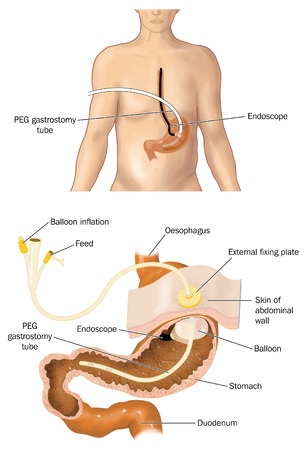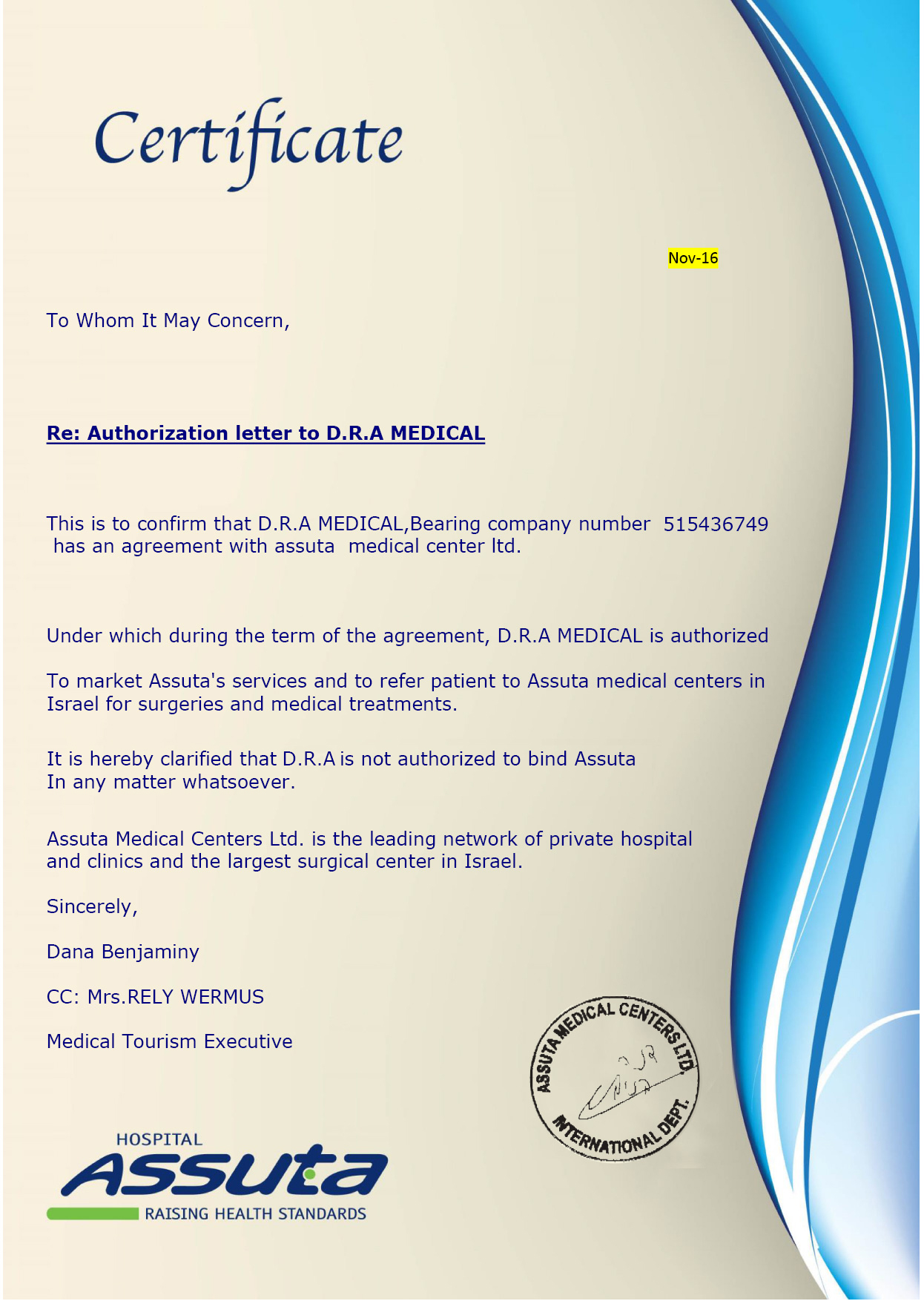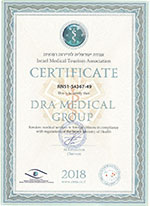Definition and overview
A percutaneous gastrostomy provides with a safe and appropriate way of feeding people who, for a number of reasons, are not capable of adequate oral intake (e.g. they have difficulties swallowing).A special tube (feeding tube) is passed to the stomach through the abdominal wall. This can be done by open surgery (surgical gastrostomy) which involves making incision through the abdominal wall. Alternatively, the percutaneous endoscopic gastrostomy (PEG) can be performed. During this procedure, the doctor will place an endoscope, a long and flexible tube, into the patient’s mouth advancing it into the stomach. The endoscope helps the doctor position the feeding tube (PEG tube) in the patient’s stomach. The tube rests in the stomach and exits through the abdominal wall.

Advantages and disadvantages of the procedure
Percutaneous endoscopic gastrostomy has several advantages, namely in comparison to other procedures carried out with the same goal. For example, it takes less time, carries less risk and costs less than a surgical gastrostomy. It is also more cosmetically pleasing than a nasogastric tube. The latter serves the same purpose as the PEG tube but is inserted to the stomach through the nose and past the throat.Furthermore, the PEG tube cannot be pulled out, it is easy to insert when the patient is under general anesthesia, it lasts long and it is easy to manage and care for.
The disadvantages of this procedure relate to its inherent risks, which are listed below.
Reasons for the procedure
Percutaneous gastrostomy is indicated in many situations, namely those in which normal or nasogastric feeding is not deemed appropriate. Underlying these situations are medical conditions such as stroke, cleft lip and palate or tumors in the head and neck region that require radiation therapy.Percutaneous gastrostomy can also be used to decompress the stomach contents in patients with a malignant bowel obstruction, in order to prevent and manage symptoms of nausea and vomiting.
Among other patients that can also benefit from percutaneous gastrostomy are those who suffer from volvulus of the stomach, a condition in which the stomach of the patient is twisted along one of its axes. The PEG tube can prevent the stomach from adhering to the abdominal wall, for example.
Finally, PEG tubes can also be used for post-surgical drainage.
Risks of the procedure
Possible complications of percutaneous endoscopy gastrostomy include:- Infection of the puncture site
- Hemorrhage
- Dislodgement of the tube, leading to a leaking of the nutritional liquid and possible clogging of the tube
- Perforation of the bowel, with consequent infection
- Gastric ulcer
- Puncture of the left side of the liver
- Gastrocolic fistula, in which the food wrongly goes directly from the stomach to the colon
Contraindications for the procedure
In the presence of specific medical conditions, percutaneous gastrostomy is absolutely contraindicated. Thеsе conditions include:- Blood cell problems
- Severe accumulation of fluid in the stomach
- Sepsis
- Intra-abdominal perforation
- Infection of the peritoneum
- Bowel obstruction
- Enlargement of the liver and/or spleen
- Hypertension in the portal vein of the liver
- History of abdominal surgeries
- Peritoneal dialysis
- Tumors of the oropharyngeal or esophageal areas
- History of partial gastrectomy (surgical removal of part of the stomach).













